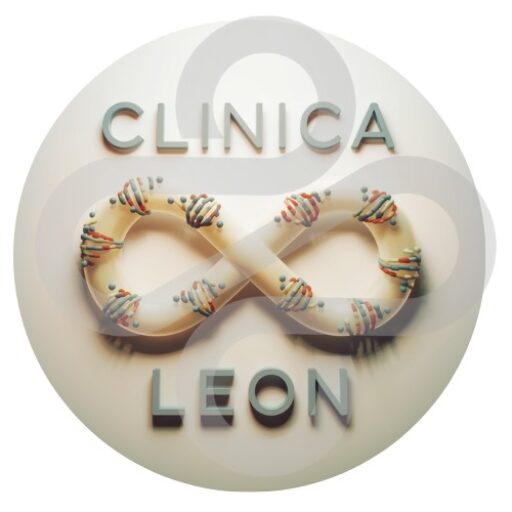This article has been taken from a book about the inclusion of children
diagnosed with ASD in the mainstream educational system, written by Paula
Bromiguer Michlin.
We would like to shed light on several approaches related to the topic of sharing
a child’s diagnosis, both with their environment in general and, in particular,
with the child themselves. This step is often taken after parents have processed
their fears and emotions following the diagnosis and when there is greater
acceptance of the reality on their part.
Every child has the right to know that they are different, and the diagnosis often
alleviates children’s feelings. However, this process depends on the feelings and
pace of each parent and family. In the family setting, the relationship between
parents and the recognition of their child’s diagnosis can be complex. Parents of
children diagnosed with ASD often fear the social stigma associated with the
diagnosis and may feel that their environment criticizes or judges them, as well
as their children. These emotions can lead families to isolate themselves and
avoid social encounters. According to reports from parents, the most difficult
experiences related to stigma occur in public spaces.
School, being considered a public environment where parents are not present,
can generate anxiety and helplessness in the event of any unpleasant incident.
This fear related to disclosing the diagnosis may lead some parents to keep it
secret, both from other children and parents at school and, in some cases, from
the child themselves.
Before the child themselves becomes aware of their diagnosis, parents assume
additional responsibilities as social and educational mediators and facilitators.
They often feel that their child is not mature enough to understand their
diagnosis and process it positively. The greatest fear is that the child will build
an identity focused on disability and lack of belonging, rather than developing
self-esteem and maturity.
Dialogue with the teaching staff can lead to greater understanding and, in some
cases, to revealing the diagnosis to the child, their classmates, and their families.
This process must always be carried out with the full consent of the child's
parents. It is essential to respect their process and give them the necessary time
to assimilate and process these issues.
Advantages of openly sharing the autism diagnosis with the child and their
environment:
Personal acceptance and building self-confidence – The opportunity to
share the diagnosis in a social environment can promote acceptance by
the community, teaching the child that talking about their diagnosis is
possible. This deep knowledge of what it means to be autistic helps the
child know themselves better and reduces the fear of rejection. It also
helps society better understand the child and interpret their behaviour.
Reduction of cognitive dissonance – When the child and their
environment are unaware of the diagnosis, it can generate anxiety,
insecurity, and uncertainty due to discrepancies between the child’s
behaviour and expectations. For example, a child talented in mathematics
who struggles to write an answer in a language class, or a child with rigid
thinking who insists on strictly following rules. Disclosure can provide
answers to these questions, improving empathy and understanding among
their peers and parents.
Setting realistic goals and aspirations – Knowing the diagnosis can
provide a sense of control, allowing appropriate attribution of successes
and failures and taking responsibility for behaviour by both the child and
their environment.
Overcoming loss – Although learning about the diagnosis may initially
generate a sense of loss, it is an essential step in redefining identity in a
more adjusted and positive way, similar to the psychological acceptance
process that parents go through after receiving the diagnosis.
Social identity and comparison with peers – Understanding and
accepting the diagnosis helps the child compare themselves healthily with
their peers, understanding their place in the social and cognitive dynamics
of their age group. In some cases, revealing the diagnosis can relieve the
pressure of trying to “be normal” in a rigid and unrealistic way.
Challenges of sharing the diagnosis:
Every child, and even more so in the case of autism spectrum
disorder, needs adults who believe in them. Before discussing the
diagnosis, it is necessary to reach a level of acceptance, knowledge, and
confidence. The diagnosis must serve to help the child move forward, not
to limit them, convey that they are incapable, or compensate
unnecessarily.
Building defence mechanisms – Knowing the diagnosis can lead to
responses such as denial, repression, or low self-esteem as ways to cope
with the new reality. It is recommended to seek professional help to avoid
these negative beliefs.
Lack of preparation in the environment – It is crucial to ensure that the
school community is prepared to handle the disclosure of the diagnosis
and use appropriate language to explain it in each context.
Conclusion
Talking about the diagnosis can be a complex emotional process, filled with
anxiety and concern for parents, the child, and the professionals involved.
However, it is a crucial step in building a new personal, family, and community
identity.
When discussing the autism diagnosis, it is not about “labelling” the child, but
about understanding their difficulties, abilities, behaviours, and emotions and,
when the right time comes, putting a precise name and definition to their
diagnosis and behaviour.
The start of this process should be the decision of the parents and the child,
although as professionals, we have the responsibility to highlight the importance
of accepting and sharing the diagnosis and the complexity of keeping it secret
long-term. This process requires collaboration between the school team and the
family and should be accompanied by professionals specialized in ASD and
emotional support (such as psychologists or emotional therapists).

